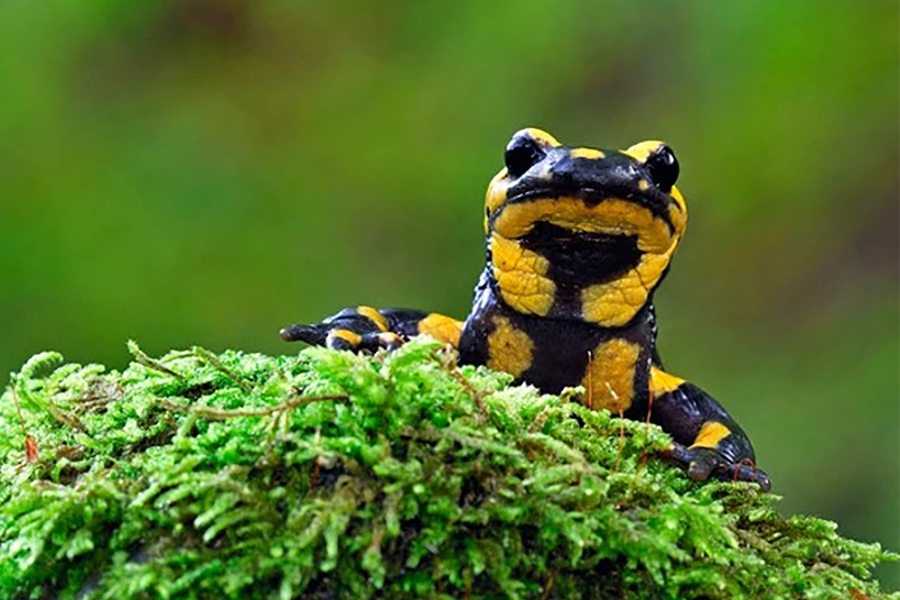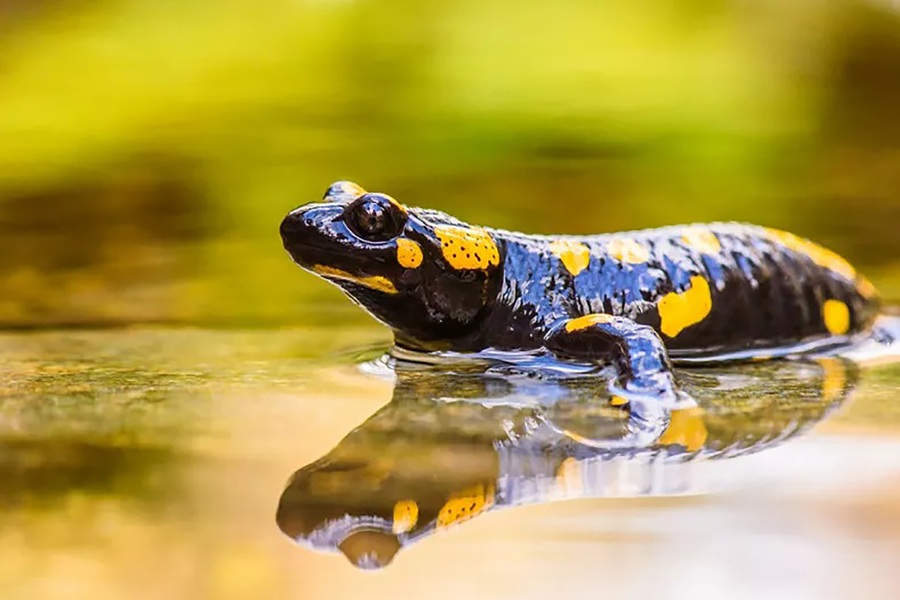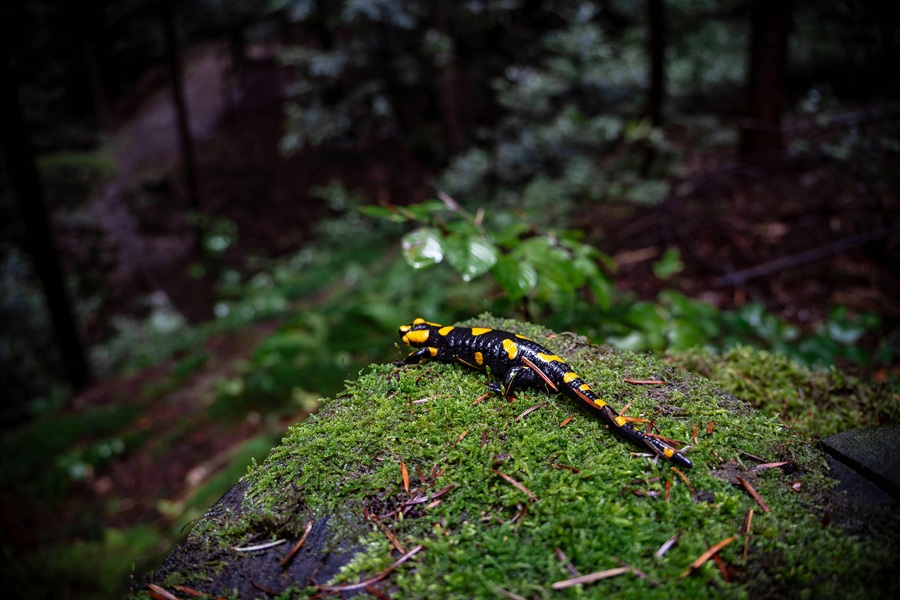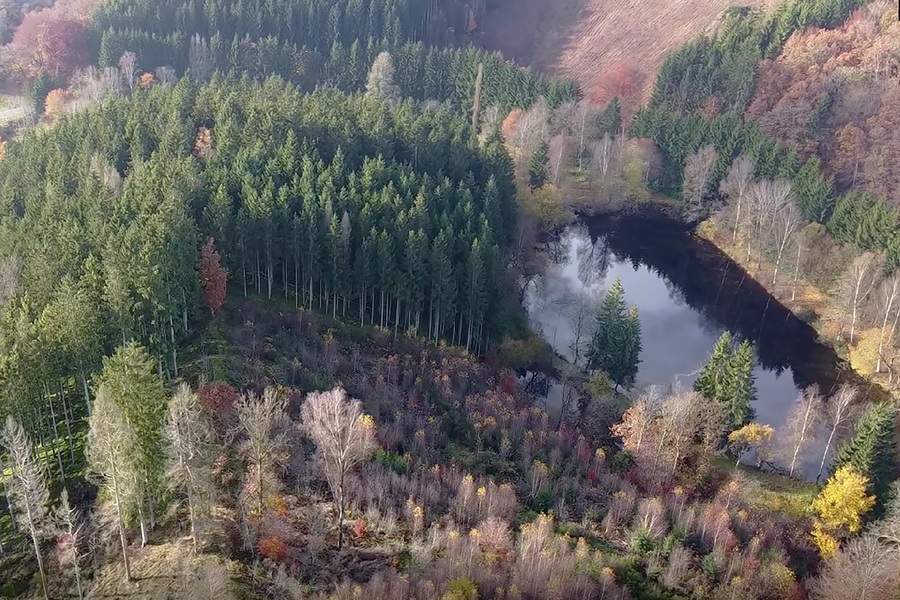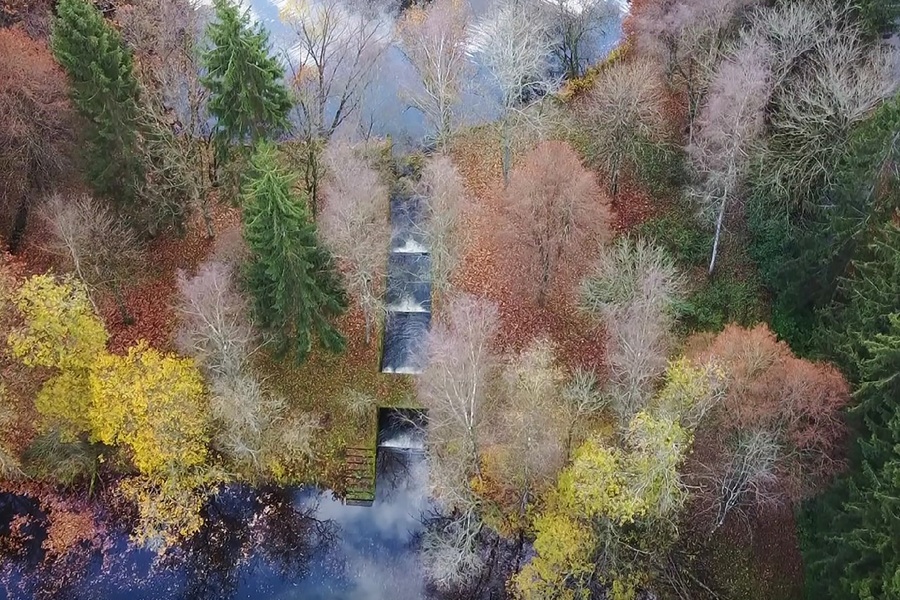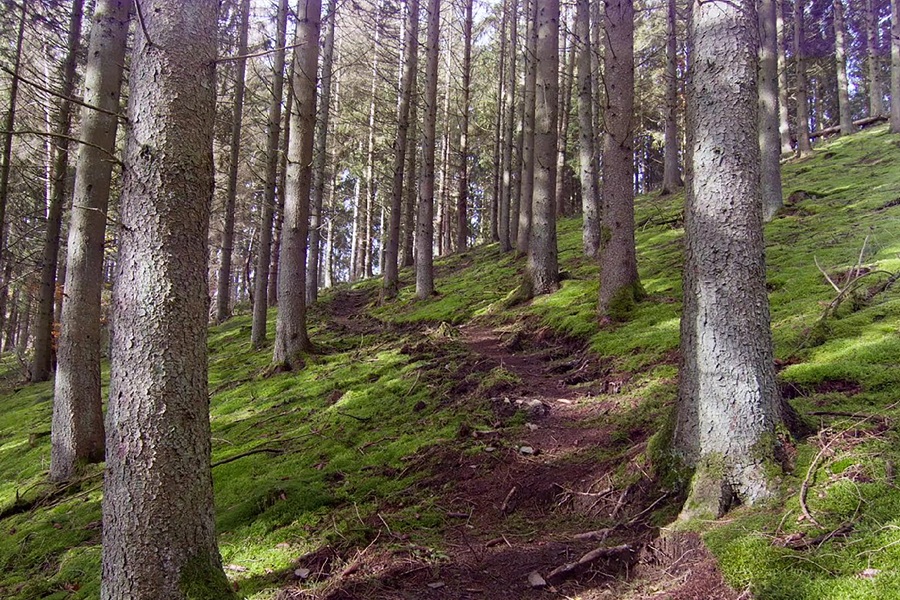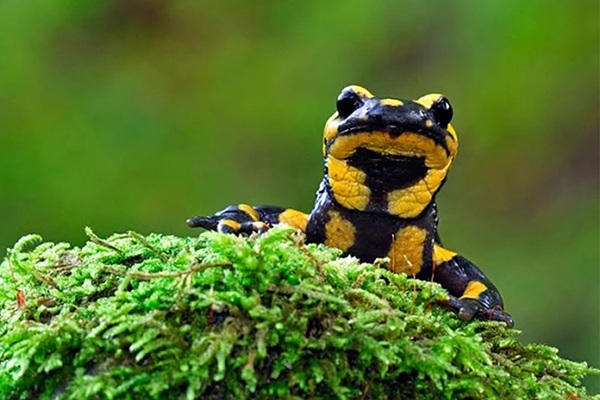 The Fire Salamander;
Credit: natur&ëmwelt
The Fire Salamander;
Credit: natur&ëmwelt
Luxembourg has what is known as a Temperate Climate in which winters are generally mild and summers comparatively cool, with rainfall that can be high; its flora and fauna have thrived in, and adapted to, this climate over the centuries and millennia, with ongoing challenges due to pollution and recent climate change, as well as the introduction of non-native species, resulting in disruptions to the norm.
Nevertheless, with various initiatives and organisations helping the ecosystem and habitat, including sustainability and re-wilding, there is a lot happening in nature across the Grand Duchy.
Chronicle.lu has teamed up with natur&emwelt (the non-profit organisation (naturemwelt), the foundation (Hëllef fir d'Natur) and the Wildlife Care Centre (Flegeestatioun)) for a series of articles on Luxembourg's fauna in which we look at various mammals, birds, insects, amphibians and aquatic animals, as well as touching on vanishing species returning to Luxembourg, focussing on their lifestyle and habitat, including when and where to observe them.
No.2 in this series focuses on the Fire Salamander.
Introduction
Mysterious and fascinating, the fire salamander (Salamandra salamandra) is an emblematic amphibian of humid forests. At Rossmillen (near Weiswampach and Troisvierges), it thrives discreetly, benefiting from this preserved ecosystem to develop.
With its glossy black body covered in yellow spots, the fire salamander is easily recognisable. It measures between 15 and 25 cm in length. Its smooth, moist skin secretes a toxic substance that protects it from predators. Its prominent eyes and slender silhouette give it an elegant appearance, while its strong legs allow it to move easily on damp forest floors.
Lifestyle
The fire salamander is primarily nocturnal and prefers humid nights to emerge from its hiding place. It feeds on invertebrates such as worms, snails and insects. Unlike many amphibians, it does not lay eggs but gives birth to aquatic larvae in clear, well-oxygenated streams. Strongly attached to its territory, it often returns to the same water sources for reproduction. Thanks to its exceptional lifespan of up to 20 years, it plays an important role in maintaining the balance of forest ecosystems by regulating invertebrate populations.
Habitat
The fire salamander thrives in humid deciduous forests rich in moss and deadwood. It seeks out clean, shaded streams to deposit its larvae. At Rossmillen, this untouched environment provides an ideal refuge, far from pollution and urban sprawl. It hides under stones and decaying logs. It is an excellent bio-indicator: its presence is a sign of good environmental quality.
Where and When to Observe It
Rossmillen Reserve is an excellent place to observe the fire salamander. The best chances to see one are on humid autumn and spring evenings, after rainfall. It is most visible along forest trails and near small streams. However, since it is nocturnal, patience and attentiveness are required. It is important not to handle it, as its skin secretes irritating substances.
Observation Tips
To maximise one's chances, equip oneself with a red-light headlamp (less intrusive) and walk slowly while scanning the ground. Respect its habitat by staying on trails and avoid touching salamanders, as their delicate skin absorbs harmful substances. Discreet observation is key!
For more information and to discover the Rossmillen reserve, visit the Hëllef fir d'Natur Foundation website: https://www.hellefnatur.lu/

